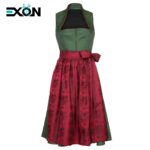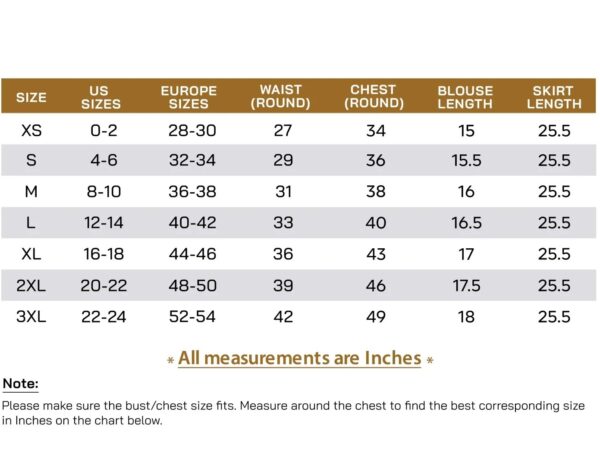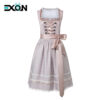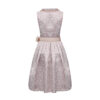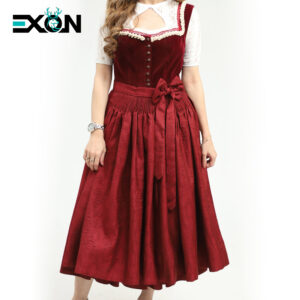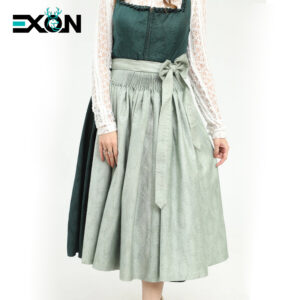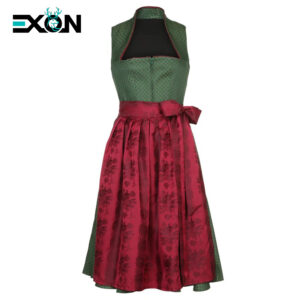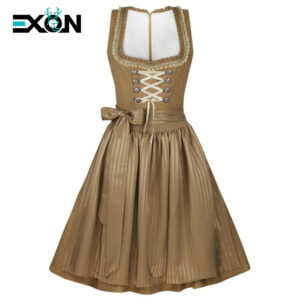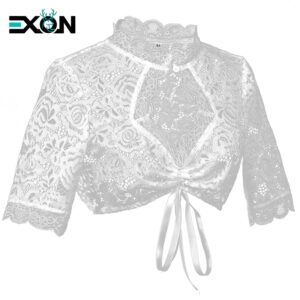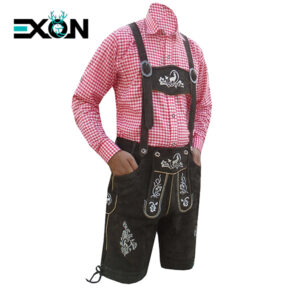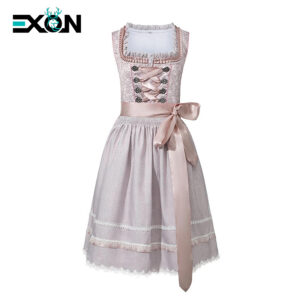Description
German Dirndl – A Timeless Symbol of Bavarian Tradition
The German dirndl is more than just a dress – it is a living symbol of Bavarian culture, tradition, and feminine elegance.
Originating as a work dress for Alpine women in the 19th century, the dirndl has transformed into one of the most recognizable and cherished outfits in Germany, especially during cultural events like Oktoberfest.
A complete dirndl consists of four key elements: the blouse, bodice, skirt, and apron. The blouse, usually white and made of cotton or lace, adds charm with puff sleeves and delicate embroidery.
The fitted bodice highlights the waist and creates a flattering silhouette, while the full skirt provides graceful movement. The apron is not only decorative but also meaningful – the knot’s position traditionally indicates a woman’s marital status.
Modern German dirndls come in a variety of styles, from classic and traditional to elegant and fashion-forward. Fabrics such as cotton, satin, linen, and velvet are commonly used, often decorated with embroidery, ribbons, or lace.
The German dirndl dress is most famously worn at Oktoberfest, weddings, and regional festivals, but it has also become a stylish choice for themed parties and cultural celebrations worldwide.
It embodies a perfect balance of heritage and fashion, allowing women to honor centuries-old tradition while enjoying a comfortable, elegant, and feminine outfit.

